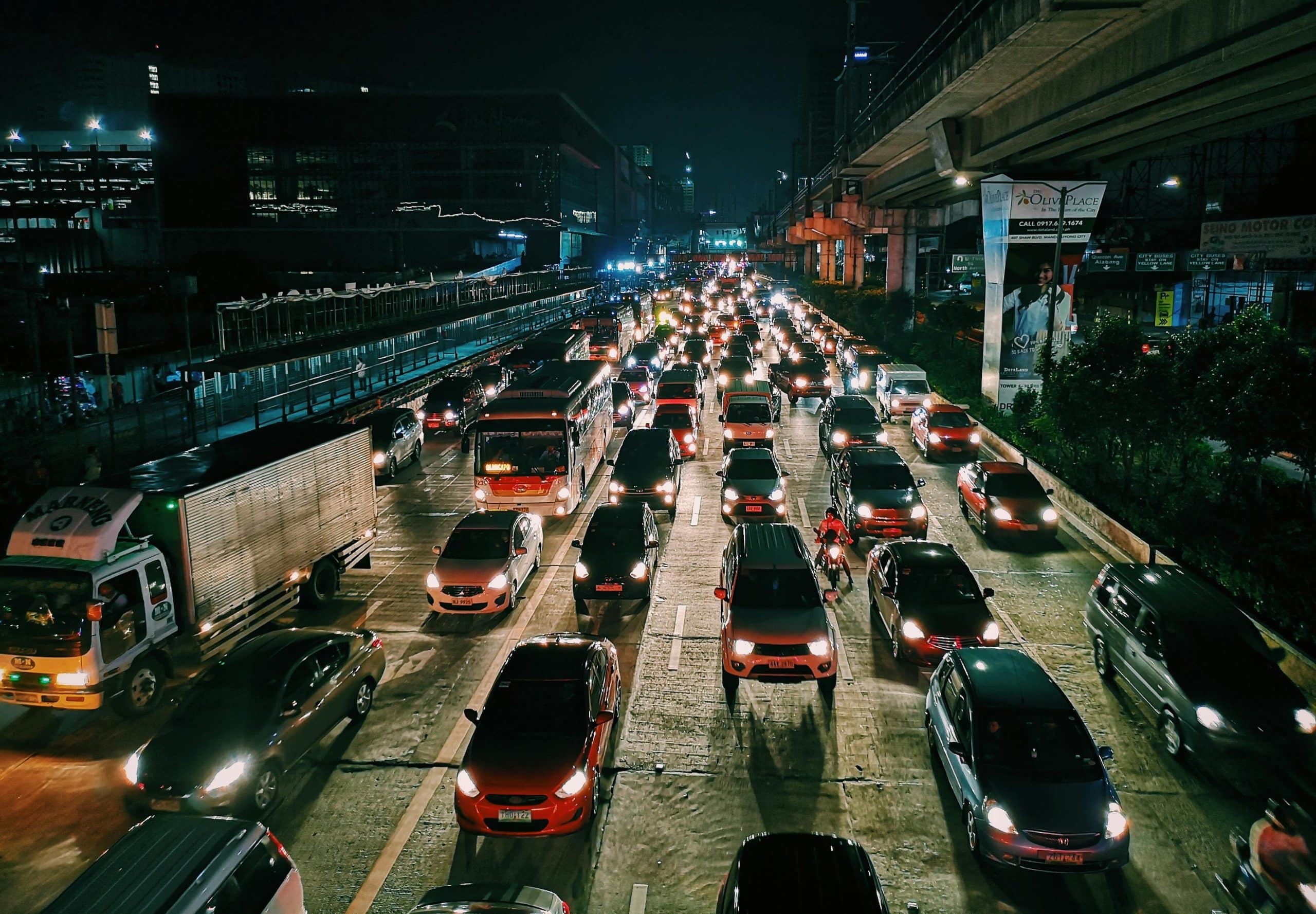How Can Smart Traffic Management Systems Alleviate Congestion in UK Cities?

Traffic congestion remains a significant issue in UK cities. As populations grow and more vehicles hit the road, the problem only seems to intensify. But there’s hope on the horizon. Smart traffic management systems can provide a solution to this burgeoning issue. By using a combination of data analysis, algorithm-based controls, and smart systems, these management solutions can improve road flow and reduce congestion. But how exactly do they do this? Let’s delve in deeper.
Understanding Traffic Congestion
Before we can discuss how smart traffic management systems can alleviate congestion, we need to understand the problem at its core. Traffic congestion is a condition on transport networks that occurs as use increases. It is characterised by slower speeds, longer trip times, and increased vehicular queueing.
A voir aussi : How is the UK’s Video Game Industry Tackling the Issue of Gamer Health?
As more vehicles attempt to use the same road space, interactions between vehicles slow down the speed at which all vehicles can travel. The result is a traffic jam or congestion. In UK cities, this problem is a daily occurrence, especially during peak hours when most people are either going to or coming from work.
The Role of Smart Traffic Management Systems
Smart Traffic Management Systems (STMS) are a modern solution to an age-old problem. Using advanced technologies, these systems monitor, analyse, control and react to the traffic situation in real time. This real-time data, coupled with predictive analytics, helps STMS to manage and control traffic flow efficiently.
Dans le meme genre : What Are the Best Strategies for Enhancing Online Privacy for UK Internet Users?
STMS employs a range of devices and technologies to gather data. These include road sensors, Closed-Circuit Television Cameras (CCTV), Automatic Number Plate Recognition (ANPR) cameras, and traffic light controllers. The data gathered is then analysed using complex algorithms to provide real-time traffic information and suggest the best possible solutions to ease congestion.
Algorithms and Data: The Backbone of Smart Systems
The algorithm-based control system is a vital part of smart traffic management. Algorithms are sets of instructions that tell the system how to perform a certain task. In the case of traffic management, these algorithms can process real-time data quickly, make decisions, and implement them within seconds.
For example, an algorithm might instruct traffic lights to stay green for a longer period on a particular road if it detects heavy traffic on that route. This would allow more vehicles to pass through, easing congestion. Similarly, if a road is relatively empty, the algorithm might shorten the green light duration, thus preventing unnecessary waiting for vehicles on busier intersecting roads.
Implementing Smart Systems in UK Cities
The implementation of smart systems in UK cities is not a futuristic dream; it is a reality happening right now. Cities like London, Manchester and Birmingham have already begun to adopt smart traffic management systems in a bid to ease congestion.
In London, for instance, the SCOOT (Split Cycle Offset Optimisation Technique) system adjusts traffic signal timings based on real-time traffic conditions. It reduces stop-start driving, improving traffic flow and cutting journey times.
In Birmingham, a smart system called Green Light Optimal Speed Advisory (GLOSA) is being tested. This system provides drivers with the optimal speed to travel at, to reach the next set of traffic lights when they are green. This reduces stop-start driving and improves the flow of traffic.
The Future of Traffic Management in the UK
The future of traffic management in the UK looks increasingly smart. As the technology continues to evolve, we can expect more advanced features in our traffic management systems. These could include vehicle-to-vehicle (V2V) and vehicle-to-infrastructure (V2I) communications, where vehicles and infrastructure, like traffic lights and road signs, communicate with each other in real time.
Cities could also implement predictive analytics, using historical data and machine learning to predict future traffic patterns and implement measures to prevent congestion before it happens.
Smart traffic management systems hold the promise of a smoother, less congested future for UK cities. By harnessing the power of technology, we can make our roads more efficient and our journeys quicker and less stressful. Though challenges remain, the potential benefits are immense. As we continue to advance and innovate, the road ahead looks promising.
The Role of Big Data and Machine Learning in Traffic Management
Big data and machine learning are two technologies that have a significant role to play in smart traffic management. These technologies can help to understand and predict traffic patterns, and make data-driven decisions about how to manage traffic flow.
Data sources such as road sensors, CCTV cameras, ANPR cameras, and traffic light controllers are continually generating enormous amounts of data. This data, which can be analysed in real-time, provides a wealth of information about traffic conditions, vehicle behaviour, road usage and more.
Machine learning algorithms can learn from this data to understand complex traffic patterns. For instance, they can predict where and when congestion is likely to occur based on historical data and current traffic conditions. Google Scholar and Scholar Crossref have several studies showing the potential of machine learning in predicting traffic congestion.
Once machine learning models have been trained on the data, they can make predictions about future traffic conditions. This information can then be used by traffic management systems to make informed decisions about how to control traffic flow.
For example, if the system predicts that a certain road will be congested at a particular time of day, it can adjust the timing of traffic lights to maximise traffic flow and prevent congestion. Alternatively, it could send real-time notifications to drivers, advising them to take a different route or leave at a different time.
Conclusion: The Road to Smart Cities
The drive to alleviate traffic congestion in UK cities represents a significant stride towards realizing the concept of smart cities. Harnessing the power of data, predictive analytics, machine learning, and real-time technology can transform the road networks in the UK into intelligent transportation systems.
Already, traffic management systems using these technologies are being trialed or implemented in cities like London, Birmingham, and Manchester. The success of these systems in reducing travel time, easing traffic flow, and improving the overall driving experience underscores the viability of this approach.
As these systems continue to evolve and mature, they will undoubtedly become integral to the future of urban transport in the UK. The potential benefits – reduced traffic congestion, improved road safety, better use of infrastructure, and a more efficient and pleasant driving experience – are immense.
Smart traffic management systems represent an essential step towards creating smart cities, where technology, data, and connectivity are harnessed to improve urban living. Despite the challenges ahead, the road to smart cities is paved with promise. As we continue to innovate, the future of traffic management and urban living in the UK is brighter and smarter.
